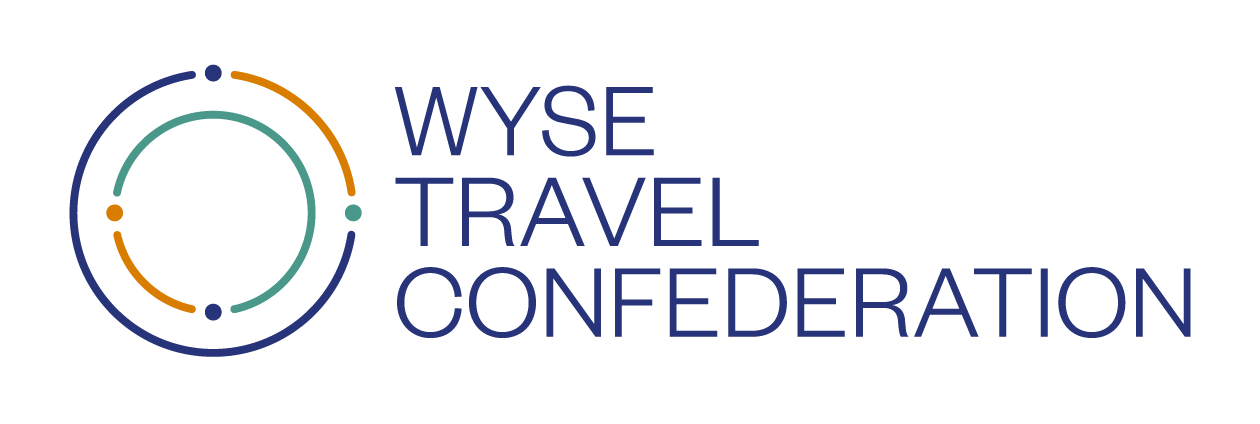The total number of student visa subclasses have gone down from eight to two, simplifying that system to one student visa and one student guardian visa. And there is now a single immigration risk framework for all international students.
The Department of Immigration and Border Protection’s First Assistant Secretary, Immigration and Citizenship Policy Division, David Wilden, said student visa settings are an important part of Australia’s international education strategy.
‘The value of our international education sector, Australia’s third largest export industry and our largest services export, was estimated to exceed $19 billion in 2014/2015 and the recently released National Strategy for International Education acknowledges the Department’s role in supporting international mobility through administration of the student visa programme,’ he pointed out.
He explained that the SSVF will mean a broader, simpler and fairer framework for genuine international students and Australian education providers. ‘A visa framework that is simpler to navigate and that provides a more targeted approach to immigration integrity will reduce red tape and improve productivity and international competitiveness,’ he added.
Under the SSVF, students will no longer be subject to the complexity of the current process. Instead students will apply online for a single student visa subclass and be assessed under a single immigration risk framework.
Wilden also pointed out that online application is in line with the Department’s policy to increase digital services and helps simplify the application process.
The single student visa (subclass 500) will be for all students, regardless of their course of study and comes with a global roll out of online visa lodgement to all international students. The Student Guardian visa (subclass 590) will be or those looking after students.
The more targeted approach to risk management will mean that all students are subject to the same core visa requirements such as being a Genuine Temporary Entrant and meeting health and character criteria. Under the SSVF, a combined country and education provider risk framework guides a student’s evidentiary requirements.
‘The Department needs to be satisfied that students are genuine and they and their accompanying family members can support their study and living expenses while in Australia,’ Wilden added.
Students will be able to use the online tool to determine evidentiary requirements. They can enter where they’re from and where they’re intending to study on the Department’s website. Results will be used to help a student determine their likely financial or English language evidentiary requirements and guide them through the online application process.
Wilden also said that the move to more digital services will not only benefit students, but combined with other changes in the programme will result in expected red tape savings of $24.1 million per year and reduce student visa regulations from 145 pages to eight.
‘The SSVF will support the sustainable growth of Australia’s international education sector by making the process of applying for a Student visa simpler to navigate for genuine students, reducing red tape for business and delivering a more targeted approach to immigration integrity,’ said Wilden.
Source: AustraliaForum.com

